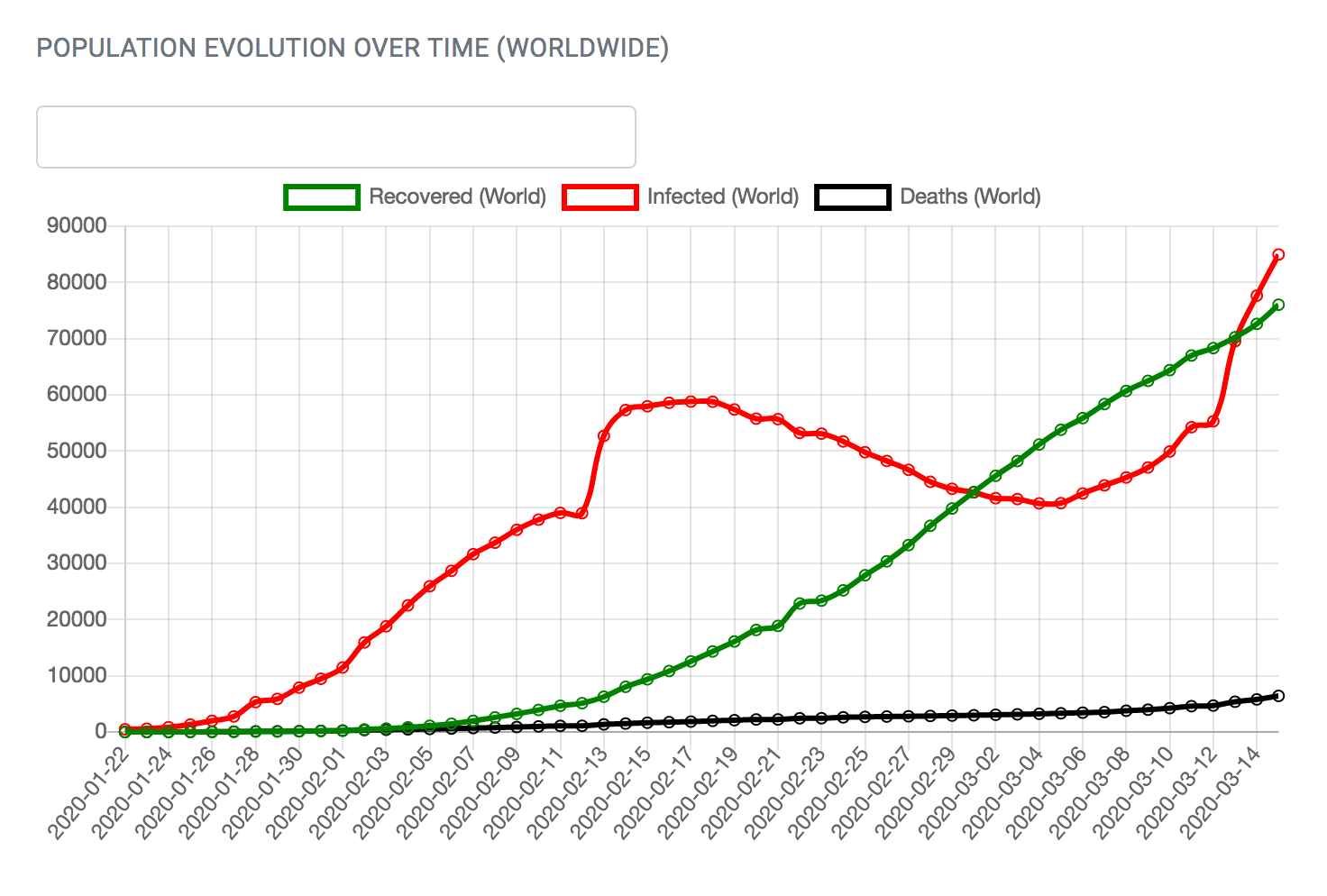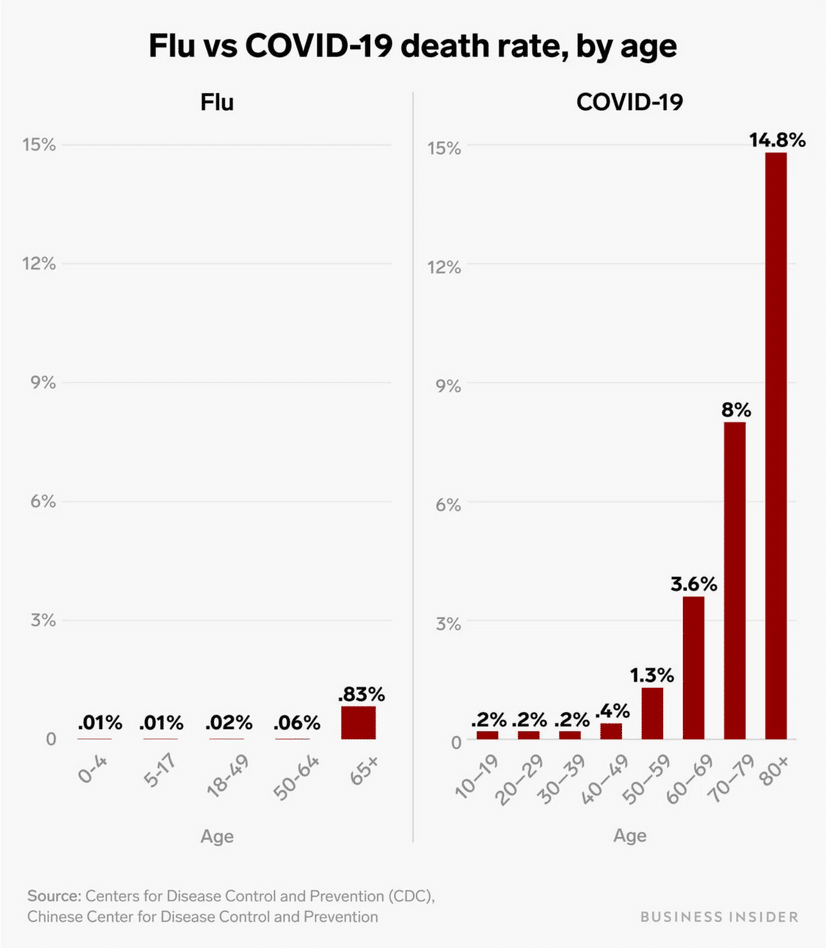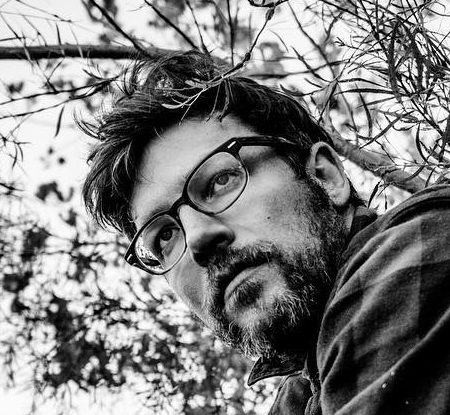COVID19: Data Shows 4% to Nearly 20% Difference in Fatality Rate For Older Adults With Coronavirus
President Donald J. Trump, joined by Vice President Mike Pence and members of the White House Coronavirus Task Force, takes questions from the press at a coronavirus update briefing Saturday, March 14, 2020, in the James S. Brady Press Briefing Room of the White House. (Official White House Photo by Shealah Craighead)
COVID19: Data Shows 4% to Nearly 20% Difference in Fatality Rate For Older Adults With Coronavirus
from the editor Joshua B. Pribanic for Public Herald
March 17, 2020 | Project: COVID19 | EDITORIAL
Coronavirus Pandemic: The Numbers
For the first time since March 1st, the global number of people infected with coronavirus has surpassed the number of people recovered, and the number of deaths is rising faster than before. These numbers are not good, and they’re especially bad if you’re 60 years of age or older.

Data Sourced from John Hopkins University
What does it mean if you’re over 60? According to mortality rate data from the Chinese Center for Disease Control, those infected by the virus in Hubei province between January and February ages 50-59 had a 1.3 percent fatality rate compared to .09 percent to .18 percent for 20-39 year olds (this data includes Wuhan where the virus is said to originate).
Once you hit 60 years of age, the numbers dramatically increase. The mortality rate for 60-79 is anywhere from 4.6 percent to 9.8 percent. And the fatality rate for anyone 80 or older doubles to 18 percent. The death rate for anyone below 50 stays below 1 percent.
Unlike the common flu, Dr. Anthony Fauci, director of the National Institute of Allergy and Infectious Disease, called the coronavirus strain COVID-19 “more lethal” — citing numbers from the World Health Organization showing it’s 10 times more lethal than the flu.
In the United States, around 52 million people are 65 or older (data from 2018). If the coronavirus continues to spread in the US at the same rate it has in other countries, it would mean tens of millions of older adults could be infected. If that’s the case, and the fatality rate stays around 20 percent, it could prove fatal for millions of older adults unless federal or state officials enforce stricter isolation measures immediately.
A March 14 ProPublica report citing all the available data from the Chinese Center for Disease Control reveals that the death rates by age compared to the common flu remain strikingly different:

What’s worse is that this data is incomplete. Just now, Italy reported its highest number of deaths in a single day — 368. Overall, the likely number of cases and associated deaths are far greater than the data we have to analyze. Globally, there’s not enough tests being administered to determine all the cases and fatalities from the virus. In America, a continuous outcry of reports from the public shows hospitals receiving patients with COVID-19 symptoms and not running tests to identify the virus.
So. My daughter is very sick. Dr said she has all symptoms of the virus…but won’t test her.
There are not enough tests to do so. Told her to stay home for 4 days to see if it gets better or worse.
— PAPPY BEST (@pappybest) March 15, 2020
What’s setting the states back even further are patients being told, in places like Pennsylvania, that unless they have specific symptoms like a cough, fever or other respiratory problem, the doctor is not able to test them.
Dr. Peter Hortez, who recently testified before Congress, said testing should be focused on protecting our vulnerable populations and healthcare providers.
Dr. Hortez called the virus the “angel of death” for older individuals, citing the dramatic changes in fatality rates. “What we’re seeing is very low case fatality rates for younger people, and very high case fatality rates for older people.”
The advice from Dr. Hortez hasn’t found its way into the real world. We are told today by state officials to contact our personal care physician (PCP). If we don’t have one, we’re told to look to our local health department. But at the end of the day, we know there are not enough tests. So why risk going out in public, to a place where sick people congregate, only to be told we can’t be tested?
State health departments are still learning and, in some cases, getting it wrong to the detriment of public health.
I personally challenged claims made by the Ohio Department of Health (ODH) suggesting it would be safe to vote on Tuesday. Their response was not satisfying.
We understand your concern, but it’s important to know the Ohio Dept of Health has assured Ohioans that it is safe to vote in Tuesday’s election. Additionally, county boards will be taking necessary steps to keep machines clean to manufacturer standards.
— Ohio Secretary of State Comms Team (@SecLaRoseComms) March 14, 2020
Then, on March 16, a case was filed in Ohio courts which said the election was a safety risk. It asked for a postponement until June 2. The request was backed by Ohio Governor Mike DeWine and then shortly after by Ohio Secretary of State Frank Larose, who admitted they got it wrong the first time around. In a statement to CNBC Larose explained, “The advice of our public health officials has evolved with this public health emergency. We know that it would not be safe, and there is only one thing in my mind more important than a fair and free election, and that is the health and safety of our fellow Ohioans.”
But a Franklin County court judge denied the request, stating the sole power was under the General Assembly. Five hours later Dr. Amy Acton of ODH signed a letter that defied the judge and closed all polling locations around the state to “prevent the spread of contagious and infectious diseases.”
From The White House
President Donald Trump attempted to quell the nation’s concerns in an address this week on coronavirus guidelines by stating there’s a tremendous number of people being tested — implying everyone is getting tested. This is false. His team reported that there will be millions of tests available by next week and more the following. President Trump advised the public “not to take the test if you don’t have the symptoms,” but failed to comment on the asymptomatic character of the virus where it’s possible to remain contagious in the infected person for up to 8 days with no signs.
“I would trust the Pentagon a hell of a lot more than I do the White House right now,” said New York Mayor Bill De Blasio at a press conference, whose state now has the largest number of COVID-19 cases. He went on to say, “What do you have to do to get federal assistance right now?”
The bottom line is — without testing we have no reassurance of scale or safety for this outbreak. It’s unacceptable. The President’s team claims once the new tests are out there will be no barrier on who is tested; let’s hope so.
Once that barrier is broken, let’s be sure each person receives the masks, gloves, and resources they need to protect our communities. Let’s not be sure, let’s demand it.
To Our Readers
This novel virus has shattered our assumptions, striking fear and unrest throughout the world. We recognize that in a crisis, the need for fearless and compassionate journalism is at its highest level. Our team at Public Herald is going to move our resources from tackling the largest industry in America to the worst health crisis this country has faced in our lifetime.
We will continue this discussion through our newsCOUP podcast platform and use the latest, most comprehensive data sources. We will share the stories of those who are without a voice and holding those in power accountable.
The challenges we face as a society are greater now than ever. This is true for us as journalists, as well, who want to share important information but not create panic or stray into unreasonable predictions. We are science-based journalists, and data is our engine for publishing.
Data is not always binary, and is often the most important when provided by a single individual. Your story always speaks the loudest when told truthfully. And right now, yours could be one of the most important stories out there. If you feel you have something the world needs to hear, we are here for you, and we will work to be sure that transparency wins the day.
In solidarity, we are going to get through this together. We are honored to have your support.
Stay safe and be well,
Joshua B. Pribanic
Editor-in-Chief, Public Herald
newsCOUP Podcast
Subscribe to the Podcast for coronavirus updates »
SUBSCRIBE »
iTunes | Stitcher | Google Play | Podbean | Radio Public | Spotify | Castbox
Helpful COVID-19 References
- Live Data on Coronavirus: https://ncov2019.live/
- Overview of Coronavirus references & general information: PSA Regarding COVID19: A Warning






